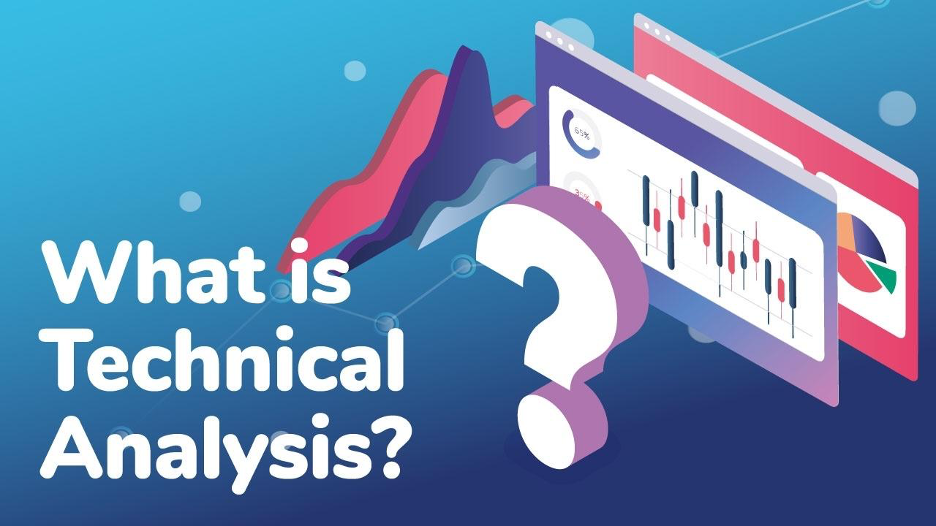
So, are you looking to learn about trading? If you are new to either traditional trading or crypto, you may have heard of the term ‘technical analysis’, as it is used by every professional trader and most influencers in the cryptocurrency industry. Technical analysis relates to understanding the various metrics underpinning assets, in order to make more informed trading decisions.
Ivan on Tech Academy has recently released a fresh course, Technical Analysis 101, for anyone new to trading who wants to learn key insights and skills to become confident in trading for the first time.
To celebrate, we have covered a few introductory basics of this Technical Analysis course and answered some common questions around trading. Below, we answer the question “what is technical analysis”, and explain how trading differs from gambling and investing, and a few key factors of technical analysis to consider to give you some foundational knowledge for your future learning.
So, let’s start at the beginning:
What is Technical Analysis?
Technical Analysis is a set of skills used to decipher data and make informed decisions to predict the movements of a market.
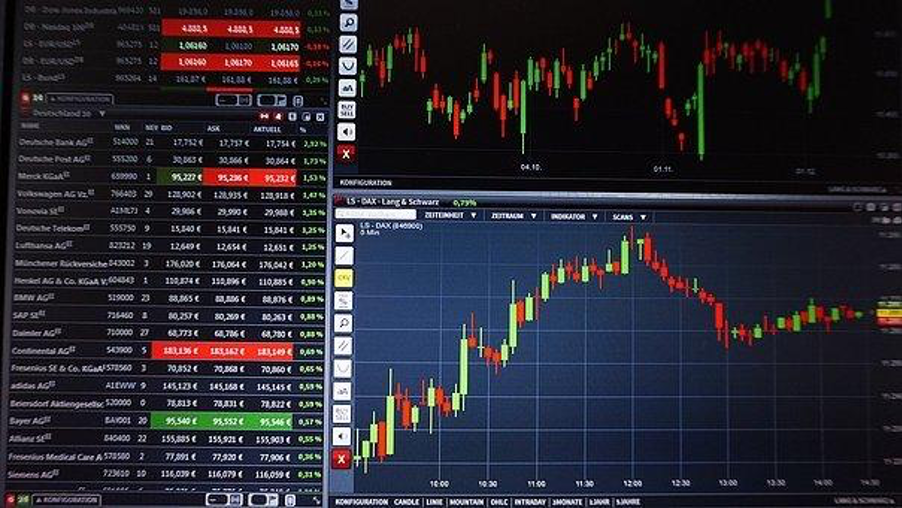
Market trading is a zero-sum game, meaning that for every winner there is a loser, or, for every seller there is a buyer.
Technical analysis helps traders and investors to manage their risk-reward ratio, alongside creating strategies and maintaining discipline for their financial decisions.
Ultimately technical analysis comes down to timing. Timing is critical in any market, and technical analysis is an instrument used by traders to calculate probabilities of when an asset will move and in which direction.
TradingView
TradingView is a tool used by investors and traders to access interactive charts for financial markets and key data for technical analysis. TradingView provides visualizations of fluctuations of stock prices and cryptocurrencies over time using a number of indicators, candles, lines and moving averages.

A moving average, or MA, is a line indicating the average price of an asset over a set period of days, for example 20 days or 50 days.
You can view a variety of assets with a wide selection of instruments and strategies to help determine trends within the chart. You have access to public chats, price alerts and tools on the menus bordering the chart.

Trading vs Gambling
From the outside, thoughts and views of trading can often be compared to, and sometimes mistaken for, gambling.
There are a few similarities, for example, predicting an outcome in the future that may or may not happen, with the primary goal of making a profit. Trading is a risky business that, when not practiced, evaluated, or respected correctly, can result in a loss of earnings or worse, liquidation.
However, there are significant differences between trading and gambling, which include several strategies to ensure trading involves calculated and minimal risks.
Stop Loss
A stop loss is like a barrier or limitation put in place in case the market turns in the opposite direction of which you’re making your trade, stopping any further loss of the trade you’ve just placed should it not go to plan.
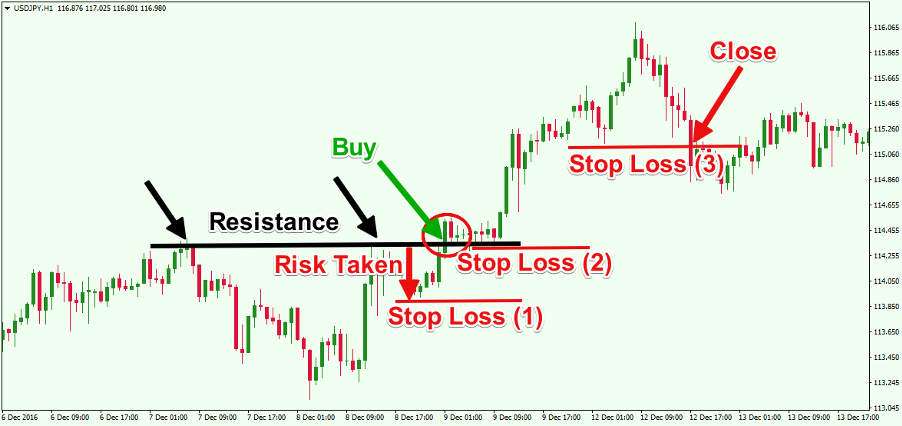
An example of stop loss barriers
For example, let’s say Bitcoin’s current market value is $10,000 and you place a long position for 1 BTC because you think Bitcoin’s price will go up. However, as soon as you place your trade Bitcoin’s price begins to decline and falls to $8,000.
Experienced traders might put a stop loss at $9,900 (or thereabout) and would have made no more than a $100 loss during that trade. Users who did not have a stop loss in place could have lost $2,000 in the same trade. By using a stop loss, you limit the amount that you stand to lose in any given trade.
Exit strategy
It is very important to decide on and implement a clear exit strategy when trading. Essentially this means you calculate a profit you would like to make over a certain period, and once you have reached your target you close the trade. Having an exit strategy in place is crucial as this removes the psychological gambling aspect of needing more.
Greed is synonymous with financial gains, and can often result in people having less than they started with, due to not taking profits or having an exit strategy in place once reaching a certain return rate.
Remove difficult decisions
Trading should be easy (relatively speaking), trading should not come with difficult decisions. The beauty of technical analysis is that it can decipher and analyze patterns of trading an asset down to the second.
Technical analysis helps you understand market psychology, the movement of money, and the shapes, trends, and patterns that occur within different market trends when a particular event happens.
Through learning technical analysis you will begin to recognize when a trend appears to be suggesting a good trade, or not. You will fully understand that, if a trade is affecting your emotions, it is not a good idea to make that trade.
Discipline
Discipline is probably the key difference between trading and gambling and requires high emotional intelligence and self-awareness. Compulsive gambling can be a symptom of mental illness and addictions.
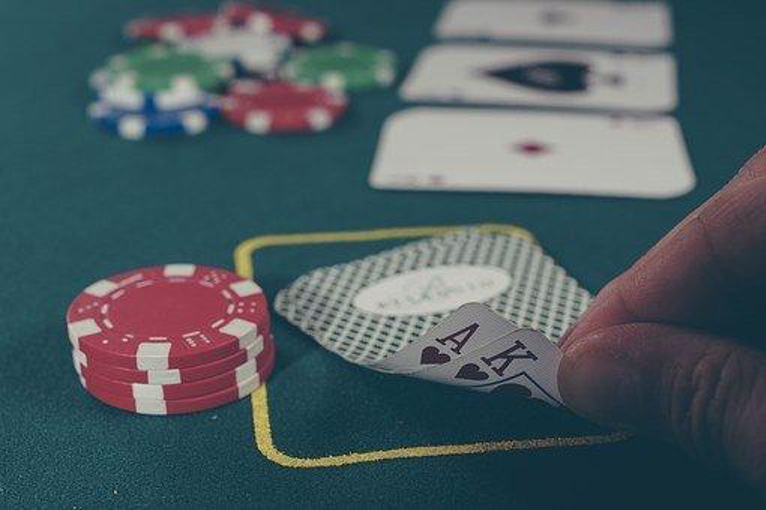
When you place a bet on something with an uncertain outcome, with the chance for you to make material or financial gains, the body will start pumping adrenaline. People often go into a ‘fight or flight’ response due to the strong emotions connected to the unknown outcome.
If the outcome is the same as your prediction the reward center in your brain releases dopamine that triggers neurotransmitters like endorphins and serotonin, which make your mind and body feel amazing. This part of your brain is also closely linked to memory and motivation, so your mind and body know to carry out the same action again to achieve that feeling.
Overstimulation in the reward center overwhelms the neural pathways, making it harder for them to handle the high levels of dopamine being released, so the brain starts to reduce dopamine receptors. This is why addictions require more of the same act to reach the same ‘high’ as the first time.
Professional, successful traders have strong self-discipline, self-awareness, and carefully measured strategies they stick to, leaving their emotions at the door.
Traders vs Investors
Another confusion around trading is the difference between traders and investors. Generally speaking, both professions are similar, in that the center around making bets on markets for financial gains.
However, traders are often making more short-term transactions, for example over a day, an hour, or even a minute. Traders will often use technical analysis on a micro-level to calculate the next move of an asset for short-term gains.
Investors, on the other hand, are generally expecting to make returns over a longer period, i.e. a few weeks, months, or sometimes years, with the belief a project they’re invested in will grow.
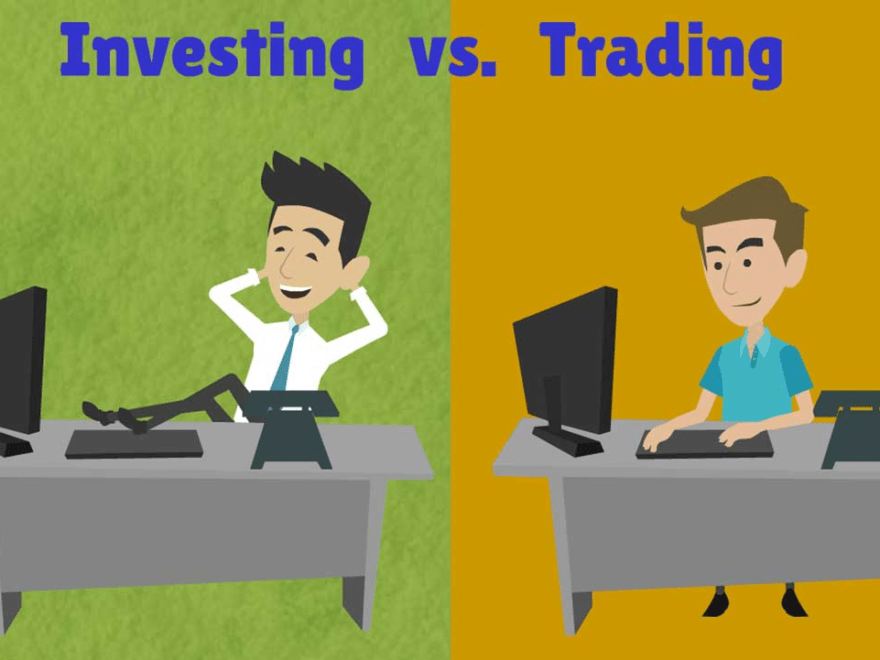
Another difference between trading and investing is that investors usually own the stock or share. Traders often sell without ever actually owning the asset if trading is carried out through a brokerage or trading exchange.
Trading exchanges offer users the opportunity to buy and sell ‘contracts’ of an asset, so people can get price exposure and movement of an asset, without actually ever owning it.
Investors are usually the people who are looking to set themselves up in a strong financial position or want to sit tight and “hodl” their investments over a sustained period of time.
Both traders and investors use technical analysis as part of their tool kit for financial decision-making.
Technical Analysis in Cryptocurrency
Technical analysis is a skill set that can be used for stocks, futures, currencies, and other securities that fluctuate in price.
Technical analysis in cryptocurrency happens much faster and is far more responsive than in any other market, with dramatically increased volatility too.
However, volatility will likely settle down as the market continues to grow and mature. With larger amounts of participants in a widening market, bigger moves will have less of an impact overall, reducing the amount of volatility.
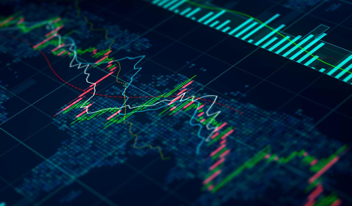
As the crypto space is still so young, you can compare moves in the market to dropping pebbles into water. If you drop a large pebble in a small pond it will create a large ripple effect. If you drop the same large pebble into the sea, it will have a much smaller impact on its environment.
A similar pattern occurs when placing large orders in a small market compared to a larger market.
First Question To Ask
The very first thing to consider with technical analysis is the overall trend or direction the chart is moving in.
There is a well-known saying across the trading community, “the trend is your friend until the end”, meaning it’s much easier to trade when you’re going with the trend than to attempt to trade against it.
There Are 3 Simple Trends To Remember:
- Upward trend
- Downward trend
- Sideways trend
These trends can be viewed and analyzed over different periods – short-term, medium, and long-term trends.
Short-term trades tend to refer to a timeline within minutes to within a day, with medium-term trades usually occurring over a couple of days to a few weeks. A trade position longer than a month is generally considered long-term.
How Are Trends Determined?
It should be easy to spot the direction of a trend most of the time from a glance at the charts. There is no need to over-complicate things or try to look beyond what is in front of you.
A downtrend movement appears from the top left of the chart to the lower right of the chart. A downtrend is confirmed when there is a continuous series of both lower highs and lower lows.

Generally, you will also see the prices falling below the declining moving average lines (20 day, 50 day, 200 day average).
On the other hand, an uptrend is when there is a continuous series of higher highs and higher lows. You will see the shape of the movement from the lower left to the upper right of the chart.
Opposite to a downtrend movement, the price of assets will be rising above the moving average lines which, ideally, should be positioned with the highest MA at the top, and the lowest MA at the bottom (see below):
What Makes A Market Move?
Several key components affect the movement of a market in different ways.
Supply/demand
Cryptocurrencies are valued purely on a supply and demand market, with no central or governing price manipulation or inflation. Assets are worth simply what another person is willing to pay for them.
Buyer Aggression
The aggression from buyers heavily influences how a market will move. More aggressive buyers are willing to pay more and take the higher prices that are being offered for an asset. On the other hand, less-aggressive buyers will wait until the prices drop and take the lowest price possible.
Participants
Another influence in market movement is the number of participants in the market. If there is a large number of people wanting to buy the same asset, the market value of that asset will increase much faster than a smaller market competing for an asset or share.

What Is Price Discovery?
Price discovery happens when an asset enters new territory and is yet to determine a steady price for which people will pay for it.
Price discovery can happen in both bullish and bearish markets. An example is when a new token is launched and there is a community of people who believe it has value, the token will enter a price discovery phase where the price will go up and up and up as people are willing to pay more to buy the asset.
The price will continue to rise until a peak at which nobody wants to pay any higher. The token is then no longer in price discovery. In a bearish turn, if people suddenly lose faith in a project, a token can be sold for as low as possible, with people trying to sell their assets at any price, for fear of the asset going to zero.
Technical Analysis: Conclusion
We hope you now understand a little more about what is technical analysis and have learned about the foundations and what to look out for when first looking at a chart. Technical analysis is a fundamental skill for trading in any market, not just cryptocurrency.

Technical analysis equips traders with essential tools and knowledge for understanding the market and making educated calculations on its next move, and those experienced with the markets can often make a healthy profit in doing so.
Where Can I Learn More?
If you have enjoyed this article we would strongly recommend you check out the Technical Analysis 101 course. It is the latest course to be added to the academy and is aimed at beginners who have no experience in trading, who would like to learn more.

The course will further explore what is technical analysis, before moving on to learning about indicators, strategies, and how you can trade independently.
For people wanting to take their technical analysis skills a step further, there is an Algorithmic Trading & Technical Analysis course that covers technical analysis with JavaScript bot programming! If you want to learn anything else relating to crypto, coding or blockchain, be sure to check out the many courses available on Ivan on Tech Academy. There’s a reason Ivan on Tech Academy is rapidly becoming the go-to place for blockchain education!




